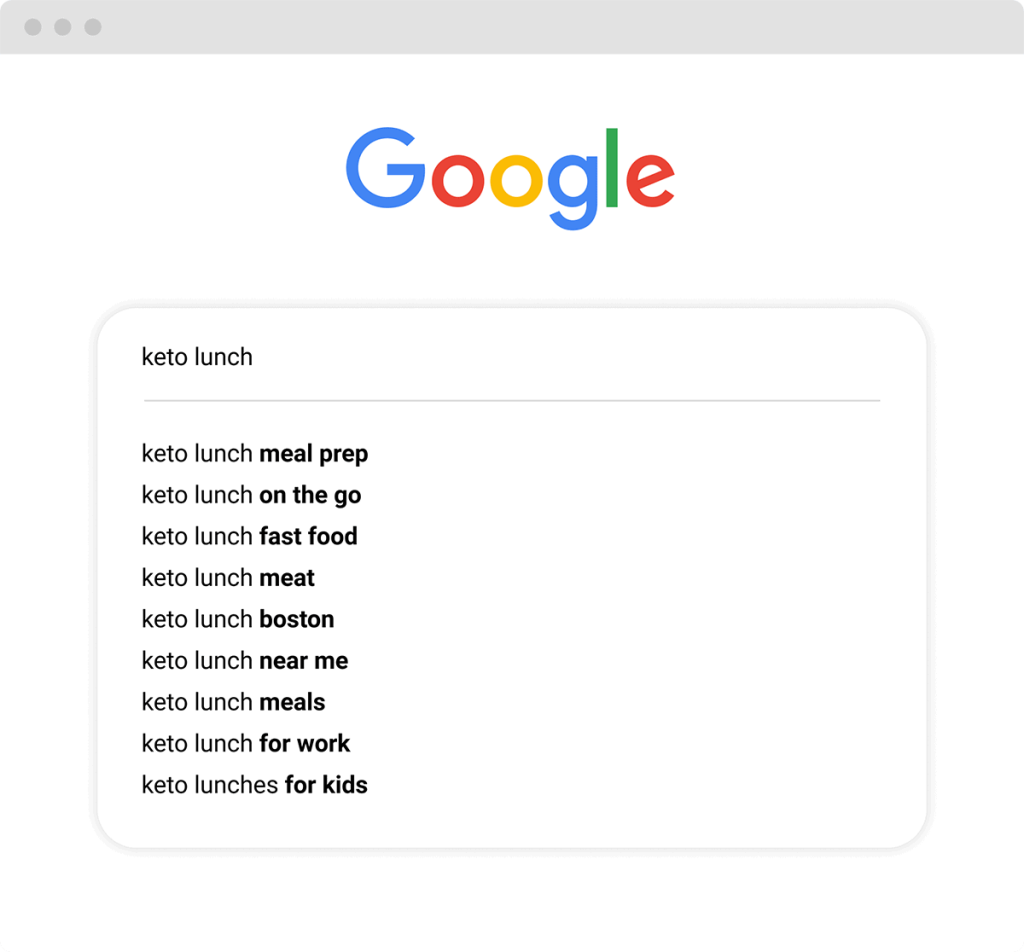
Yes, the hub and spoke content model is alive and well. Are you surprised? It’s only one of the most effective ways to keep your content organized and ensure a positive content experience.
In a world where information is abundant and attention spans are short, guiding your readers through a well-structured content journey is crucial. Just like a bicycle wheel relies on its hub and spokes for strength and balance, your content can benefit from this model to create a cohesive and user-friendly framework.
In this blog post, we’re exploring the hub and spoke content model, its benefits, and how you can start using it today to enhance your content strategy.
Quick Takeaways
- The hub and spoke content model, inspired by a bicycle wheel’s design, is an efficient way to organize and link related website content.
- This model offers benefits like showcasing expertise, improving navigation, boosting SEO, and maintaining structured content.
- To use this model, one should choose a main topic, identify subtopics, research keywords, create and link content, promote, and monitor performance.
- Proper content organization, as seen in the hub and spoke model, can enhance user experience, boost SEO, and solidify a company’s online credibility.
What is the Hub and Spoke Content Model?
If you’ve ever looked at a bicycle wheel, you’ve noticed that there’s a central part (the hub) and several spokes that stretch out from it. The hub and spoke content model works in a similar way, and it’s a great method to organize and link related pieces of content on a website.

Image Source: Memberium
Think of the hub as the main page. It gives a broad overview of a topic, kind of like an introduction. This page usually targets general keywords that a lot of people might search for.
From this hub, there are links to other pages, which are like the spokes of our bicycle wheel. Each spoke, or page, dives deeper into a specific subtopic related to the main hub topic. These spoke pages often target more specific keywords, which might have fewer people searching for them but are super relevant to those who do.
In simple terms, the hub and spoke content model is about having a main topic page (the hub) and several detailed subtopic pages (the spokes) that all connect back to the main topic. It’s an organized way to share information and make sure readers can easily find what they’re looking for.
Benefits of Using the Hub and Spoke Content Model
The hub and spoke content model has been used for ages, and for good reason. It keeps your content organized and easy to find, promoting a positive content experience for site visitors.
Here are a few other key benefits of using this model for your content:
Show Off Your Expertise
Think of the hub and spoke model as your own personal library. By having a main page (the hub) and several related pages (the spokes), you’re showing both readers and search engines, like Google, that you have valuable information to share.
Make Navigation Easy
Ever been on a website and felt lost? You’re not alone. In fact, 94% of users will leave a website simply because of poor navigation.
With the hub and spoke model, readers can easily jump from the main topic to related subtopics. It’s like having a map that guides them to more information, keeping them on your site longer.
Boost Your Website’s SEO
Believe us when we say that search engines love organized content. When your main page links to related pages, it tells search engines that you have a lot of valuable information on that topic. As a result, this can help your website rank higher in SERPs.
Keep Your Content Tidy
Just like an organized closet makes it easier to find what you’re looking for, the hub and spoke model keeps your content neat and structured. This means you can easily update, add, or remove content as needed.
Establish Authority
In the online world, some pages become more popular or authoritative than others. And according to a recent study, 75% of a company’s credibility comes directly from its website design.

Image Source: Manypixels
With the hub and spoke model, if one of your pages (like a hub) becomes popular, it can share that popularity with the linked spoke pages, boosting your site’s overall authority.
Implementing the Hub and Spoke Strategy
Video Source: Trusted Search Marketing
The hub and spoke content model is a smart way to organize your content. Even we use it! It helps readers find what they’re looking for and allows you to showcase your expertise on a topic. With careful planning and execution, this approach can be a game-changer for your content strategy.
If you’re thinking about using the hub and spoke content model, here’s a detailed guide to help you get started:
1. Selecting the Central Topic (The Hub)
Start by choosing a broad topic that you’re knowledgeable about and that your audience will find valuable. This main topic will be your hub. Think of it as the heart of your content, offering a general overview and serving as a starting point for readers to explore related subjects. For us, it’s content marketing.
2. Identifying Subtopics (The Spokes)
Once you have your main topic, it’s time to think about related subtopics. These are the spokes. For example, if “Content Marketing” is your hub, spokes might include:
- Blog posts
- SEO
- Content strategy
- Whitepapers and eBooks
Each spoke should provide a deeper dive into specific areas related to your main topic.
3. Conduct Research and Keyword Analysis
Before you start writing, do some homework. Look into what people are searching for related to your topics.

Image Source: Backlinko
This will help you find the right words and phrases (known as keywords) to include in your content. Using the right keywords can make it easier for people to find your pages when they search online.
4. Content Creation
With your research in hand, start writing. Start with the hub page, giving readers a clear and simple overview of the main topic. Then, move on to the spokes, providing detailed information on each subtopic. Make sure your writing is clear, easy to understand, and offers real value to your readers.
5. Interlinking Content
Now it’s time to connect the dots. On your hub page, add links that lead to each of your spoke pages. And on every spoke page, include a link back to the hub. This creates a web of related content, making it easy for readers to jump from one topic to another and explore more of what you have to offer.
6. Content Promotion
Once you’ve set up your hub and spokes, let people know about it. Share your content on social media, send it out in newsletters, and use other methods to get the word out. The more people who see your content, the more valuable it becomes.
7. Performance Monitoring
After everything is up and running, keep an eye on how your content is doing. Are people reading it? Are they finding it helpful?
Use tools to track things like how many people visit your pages and how long they stay. This will give you insights into what’s working and where you might need to make changes.
Boost Your Content Experience Today with MIG
By centralizing topics and branching out into detailed subtopics, the hub and spoke content model ensures that readers have a seamless and informative journey through your content. Not only does it enhance user experience, but it also boosts your website’s authority and search engine ranking.
Are you ready to boost your content experience? Check out our SEO Blog Writing Service or schedule a quick consultation to learn more about how Marketing Insider Group can help you earn more traffic and leads for your business.
0 Commentaires